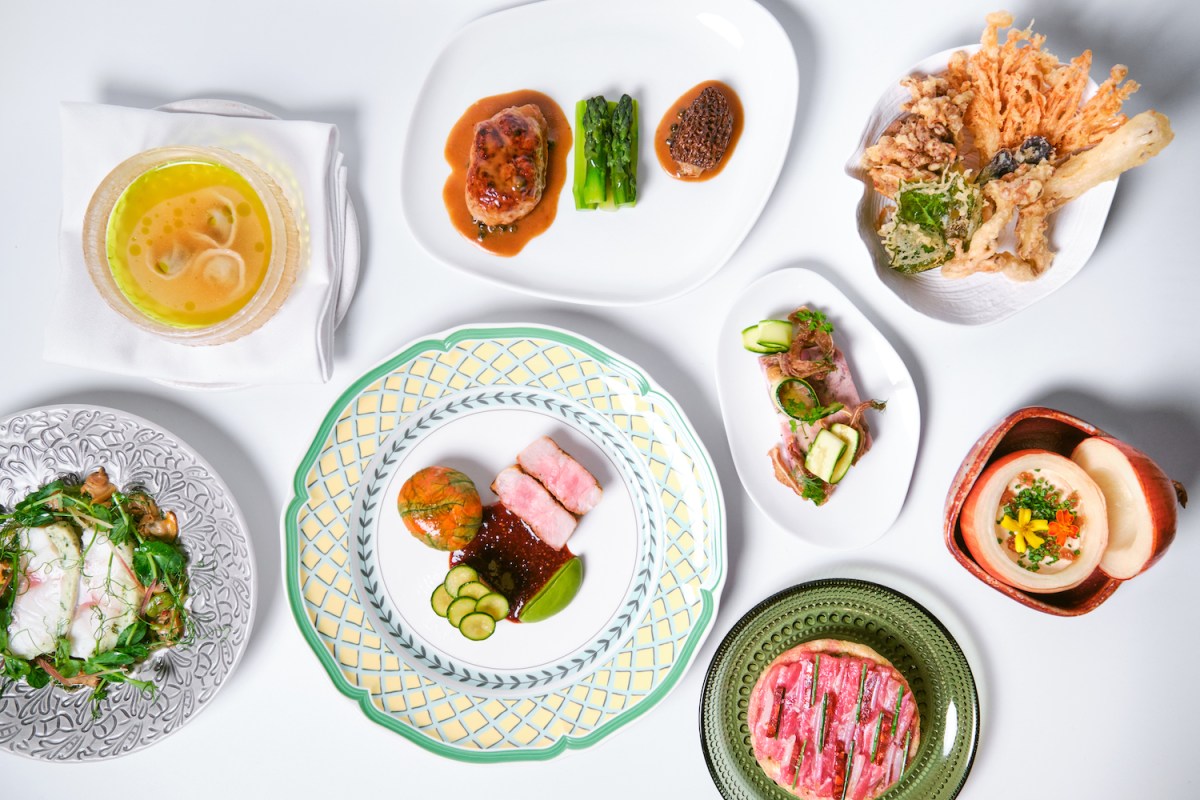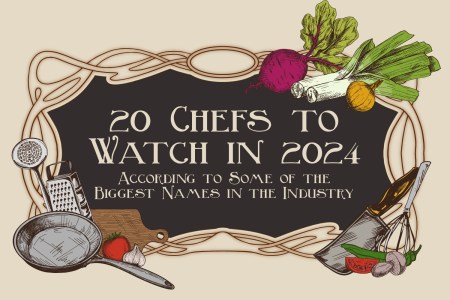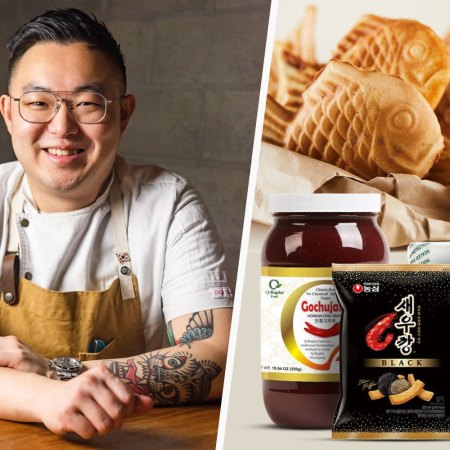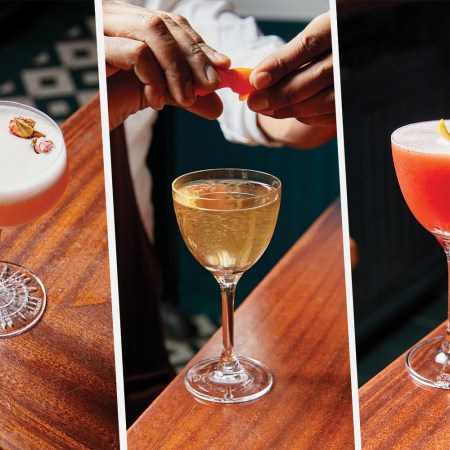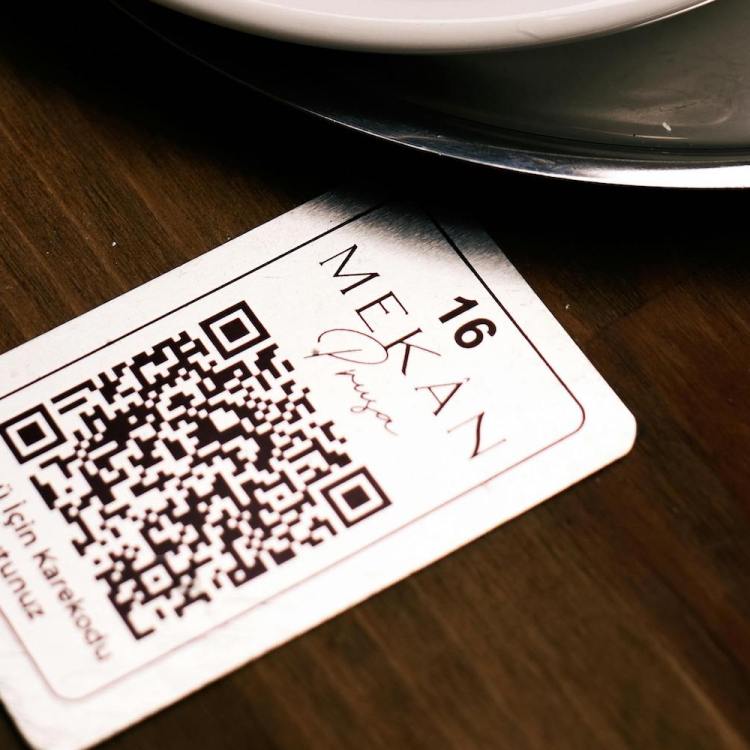LittleMad is crowded. Lined up against its gray concrete walls are tables of people chatting, wine glasses resting gently next to them — people on dates, friends laughing together, a table of five in the corner and a man sitting alone. Varying numbers of plates fill their tables. Less than two months ago, the New American restaurant with Korean and French flair — named one of America’s Best Restaurants by The New Yorker, one of the Top 50 Best Restaurants by The New York Times and one of the 23 Best Places to Go in the U.S. by Conde Nast Traveler — transitioned from its tasting menu to an a la carte menu.
“The reason we changed was to give everyone equal opportunity to come eat and dine out at LittleMad without breaking the bank,” says executive chef and owner Sol Han. “This is going to get a lot more butts in the seats. Especially in this time, the economy is not doing very well, and I feel like people realize more than ever how things are so expensive in New York. So we’re trying to give people a bang for the buck.”
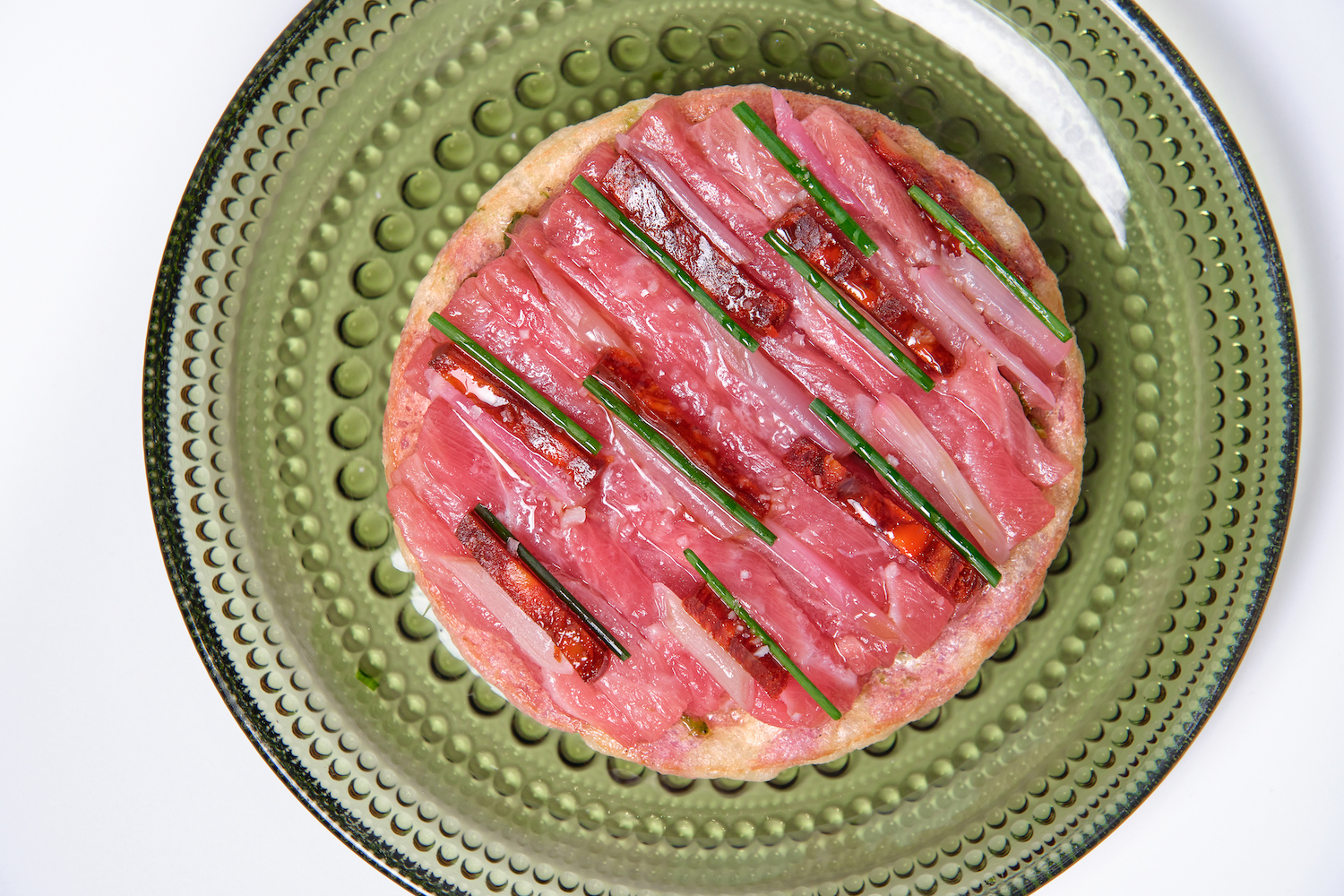
He took a gamble: if the menu went a la carte, the check totals might be lower but maybe more people would come in. With the a la carte menu, the server suggests I get four courses, and the cost per person could be between $60 and $80, more if you choose upscale add-ons like uni, truffle, kaluga caviar or their signature Mad Toast with Korean egg salad, beef tartare, truffle and caviar on brioche. Han is starting to see the numbers change for the better and feels confident about it, but says it’s still too early to tell. And while the food is outstanding — their signature prime galbi had me almost licking the plate — and very much makes for a special evening out, that’s not enough for Han. “We don’t want to be a special night,” he says. “We want to give you a special meal every single week.”
According to Suzy Badaracco, president of food forecasting think tank Culinary Tides and a chef herself, Han’s decision is right on schedule. A traditional tasting menu, she says, is not something consumers want right now. Rather, they want the opposite: total control. “Everything else is out of control right now,” she says. “They’re dealing with inflation. There’s an election year coming. They got through COVID a couple of years ago.”
So consumers want hyper-personalized experiences, and they want to choose how to spend their money, especially in a time of economic distress. Badaracco believes traditional tasting menus need to evolve the way the rest of the industry has, adding opportunities for consumers to make decisions, especially at higher price points. If they don’t change, they could become a thing of the past. “Tasting menus are too old school, and they don’t fit any of the [consumers’] drivers…it’s not following any behavior patterns or psychological patterns for consumers,” she says.
Still, the tasting menu, a lauded staple of the culinary world for more than 100 years, isn’t going anywhere just yet. Another phenomenon of the last few years is also the tasting menu at a lower price point, and you can find them under a certain amount across the country. LittleMad was among them — its tasting menu was $105, and at that price, Han felt they gave a lot of food. The Michelin-starred 63 Clinton has a traditional tasting menu with seven courses for $112. Seats are regularly filled, and for a certain kind of customer, it’s special but still within enough reach to have on a consistent basis. This is by design.
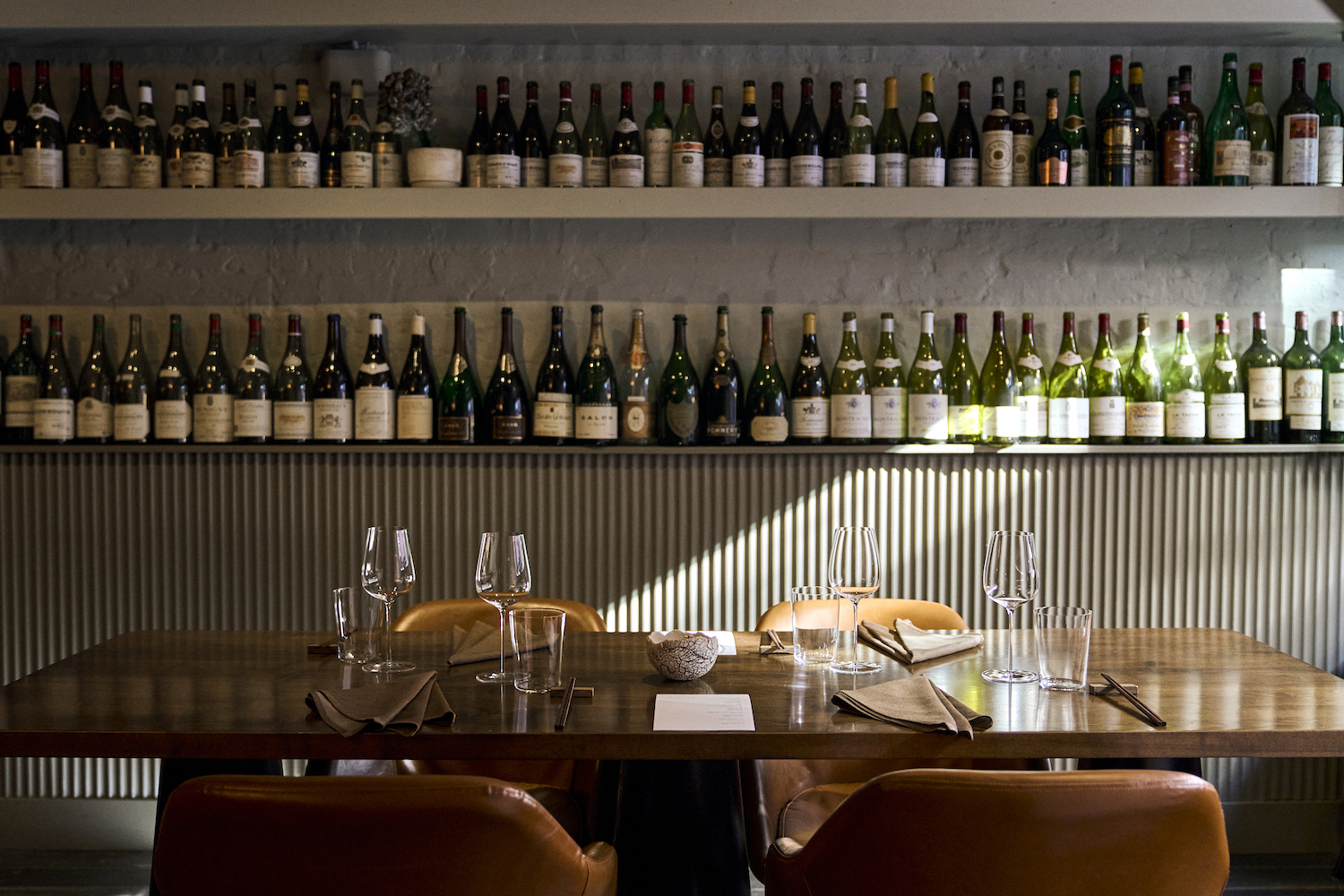
Chef Sam Clonts of 63 Clinton built his career in tasting menus but wanted a place where he could have regulars, where the price point made the restaurant relatively accessible. “With a tasting menu, you really get to create the entire experience of the whole night, taking guests on this journey through food and beverage,” he says. Plus, there’s a sustainability aspect, both as a business and as a consumer.
20 Chefs to Watch in 2024, According to Some of the Biggest Names in the Industry
We asked some of the biggest names in the industry to nominate the chefs that should be on your radar this year“For us, one big benefit of a tasting menu was having more control over costs because you’re not having to over-order things, trying to guess how many things are gonna sell a night,” Clonts says. “As long as we know how many people are eating, we’re gonna sell 80 portions of this, 80 portions of that, and it can really help keep food costs tight. Then we’re able to spend more on food because our waste is so low.”
Another option presenting itself is the hybridized menu. This is something chef-owner Greg Baxtrom has realized at his beloved and decorated Brooklyn staple Olmsted. Olmsted hadn’t had a tasting menu until the pandemic’s Omicron wave, when a chunk of Baxtrom’s staff was out sick — he needed to run the restaurant at Christmastime, and everyone needed to order the same thing. They ran it for three months, then went back to the a la carte classics. The following year, they ran it again for three months, but its success and those of other tasting menus he’s tried was up and down. Now a tasting menu lives next to the a la carte menu as a dining option.
“We just have a line item now at the bottom of the menu that says there’s a tasting menu available…so you don’t feel like you’re being pushed into it,” Baxtrom says. He says many customers come in and try it without expecting to, but he also didn’t want his regulars to feel abandoned. They added a burger to the a la carte menu so people could feel comfortable coming in and sitting at the bar with a glass of wine. Baxtrom believes the future is in a la carte menus but thinks there are still chefs who could come in as outliers. In particular, he’s excited for the tasting menu at Chef Victoria Blamey’s newly-reopened Blanca.
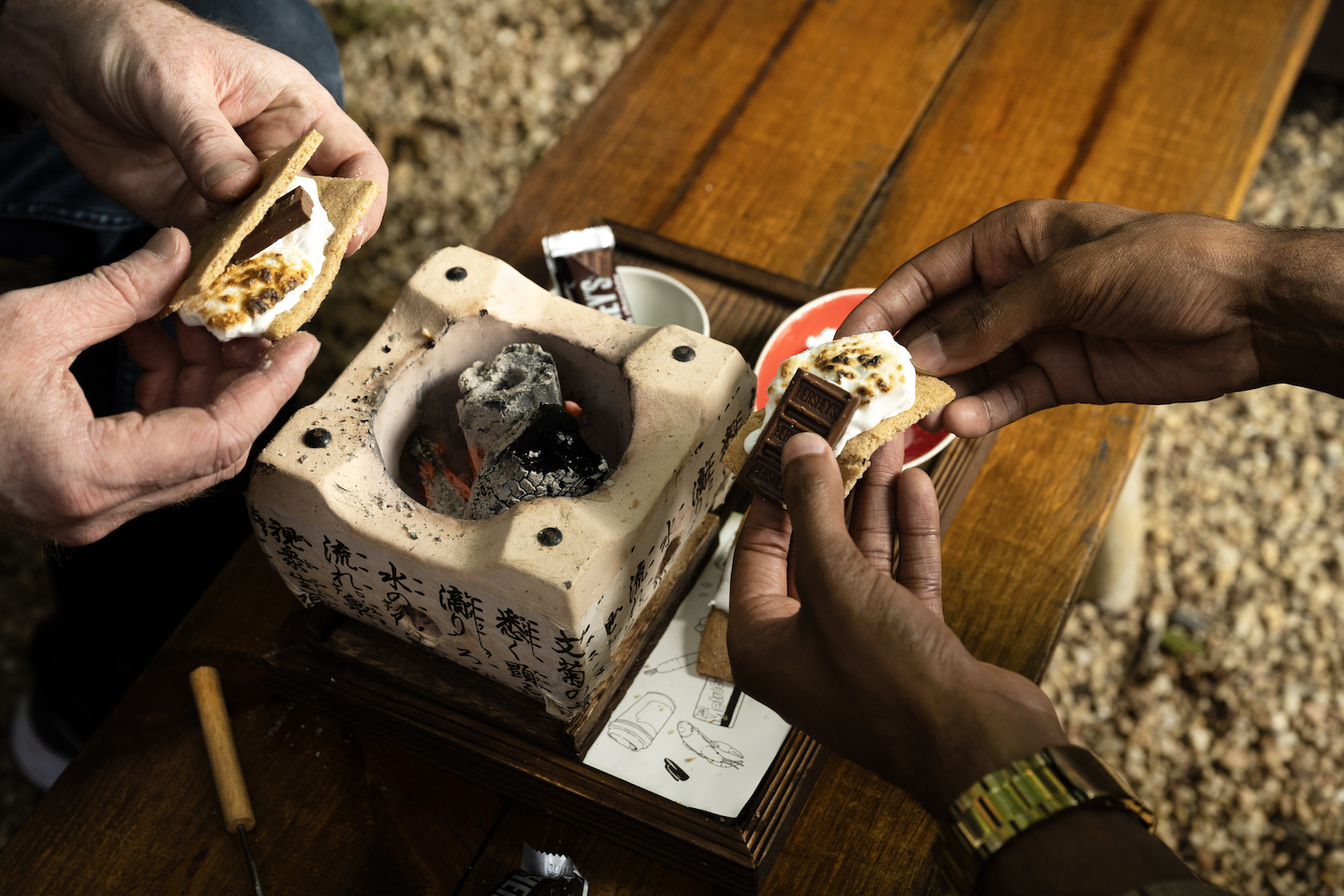
After closing last summer, Chef’s Table at Brooklyn Fare reopened with co-executive chefs Max Natmessnig and Marco Prins at the helm. The 12- to 15-course “seasonally driven, seafood-focused tasting menu” inspired by French and Japanese cooking features everything from Wagyu ribeye to Norwegian langoustine and runs $430 per person before wine pairings. Under previous chef César Ramirez, the restaurant became among the world’s most decorated with three Michelin stars.
At a price point like that, for many diners it’s for a special occasion, a treat to try one of the best restaurants in the world, even if they only go once. “We really wanted to impress our guests with ingredients they are not eating on a daily or even on a yearly basis,” Prins says. “The most exciting thing is that we can show as much of our craft [as possible]. I think that is very important. For example, if you go to a restaurant and you order two a la carte dishes, you don’t see too much of the kitchen. But we can show a lot to our guests and really, really blow them away with what we are doing here, and it’s very special.”
Chef’s Table at Brooklyn Fare doesn’t see a world where they’d want to do a la carte dining, in part because that’s not the world they come from, in part because they don’t think it offers value to guests and they’re not concerned about inflation. “We always worked in three star restaurants in Europe, as well as here in New York,” Natmessnig says. “Some of them had a very small a la carte menu, but then they made it so crazy expensive. People always will go for a tasting menu to have the best value and the best experience.”
Despite all the changes in the culinary world over the last five years, for some people, the traditional tasting menu remains as much of an event as it ever was. And for some chefs, there’s no desire to pivot at all, and their guests may agree. But the difference now is there are more restaurants that can compete, not just with culinary standards but by giving diners more options, potentially at lower price points. So while it’s very unlikely that the tasting menu will disappear entirely, expect to see it continually change and evolve, especially under the helm of chefs who pay attention to the intersection of dining trends and consumer behavior.
Every Thursday, our resident experts see to it that you’re up to date on the latest from the world of drinks. Trend reports, bottle reviews, cocktail recipes and more. Sign up for THE SPILL now.
